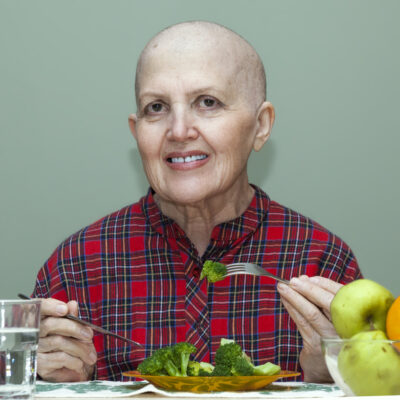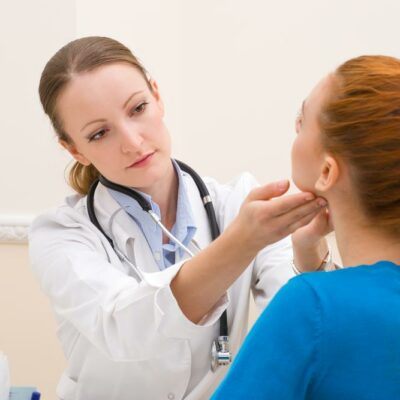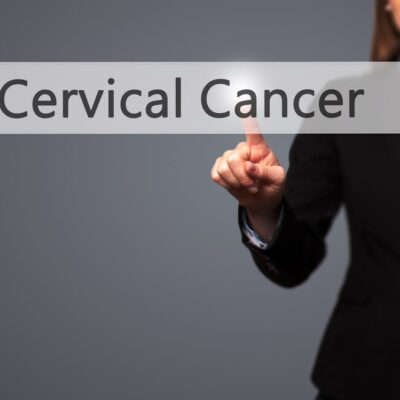
Health
Stomach cancer – Diagnosis and treatments
The growth of cancerous cells within the lining of the stomach is known as stomach cancer. Also called gastric cancer, stomach cancer is difficult to diagnose because most people typically don’t show symptoms in the early stages. It occurs when normal healthy cells within the upper digestive system become cancerous and grow out of control, forming a tumor. This process happens slowly and tends to develop over many years. One of the biggest dangers of stomach cancer is the difficulty of diagnosing it, as this cancer is relatively rare compared to other types of cancer. Usually, stomach cancer doesn’t show any early signs, it often goes undiagnosed until it spreads to other parts of the body. This makes it more difficult to treat. Diagnosis Gastroscopic examination – The specialist looks at the inside of the patient’s stomach with a fiber optic camera. Some tissue samples may be taken if one is suspected of having cancer. This process is called a biopsy. Ultrasound scan – If cancer is suspected in the top part of the stomach this type of scan is used to diagnose cancer. Barium meal X-ray – In the barium swallow study, the patient swallows a liquid which contains barium.
Read More 















